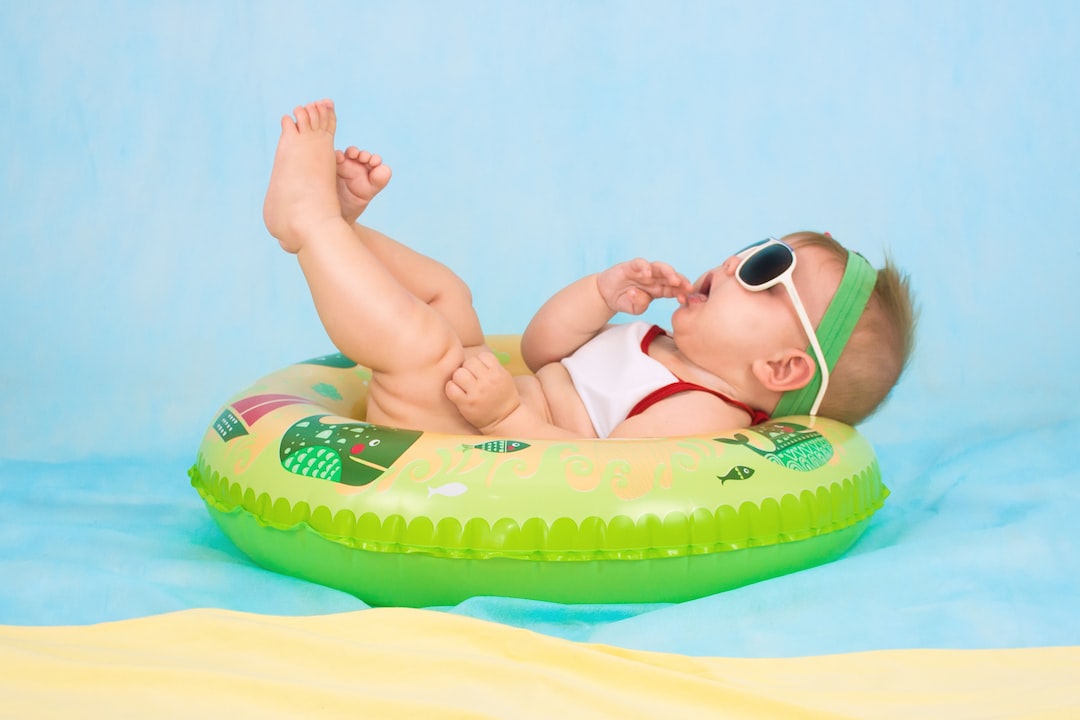Understanding the 2-Month-Old Stage of Your Baby
The infancy stage can be quite overwhelming for new parents. As you navigate this phase and your baby reaches their second month, they start to showcase some exciting changes, including deliberate smiles, turning heads, and alterations in their bowel frequency. Understandably, it’s common for parents to question “How frequently should a two-month-old baby poop?” or “Was that a deliberate smile or merely gas?” This comprehensive guide aims to delve into the essentials of a 2-month-old baby’s development, growth, and bowel movements.
Essential Insights about 2-Month-Old Baby Poop
Transition in the Bowel Movements of Breastfed Babies
At the age of two months, a significant shift ensues concerning the frequency of bowel movements for a breastfed baby. It’s common for the frequency to decrease compared to their first month when bowel movements may have occurred post each feeding. Notably, the American Academy of Pediatrics (AAP) suggests that it’s prevalent for breastfed infants at this age to poop every few days or even once a week. One reason for this infrequent bowel movement is that breast milk is easily digestible, leaving little to be eliminated in poop, which appears seedy, runny, mustard-yellow with a negligible odour.
Frequency and Appearance of Bowel Movements in Formula-fed Babies
On the other hand, formula-fed infants may have bowel motions varying from twice a day to once every three or four days. The AAP asserts that their stool usually appears more solid and could be greenish, dark yellow, or beige.
When to Seek Medical Advice: Constipation in 2-Month-Old Babies
As infants grow, they are likely to poop less frequently. However, prolonged lack of bowel movements may suggest constipation. It’s recommended to consult a healthcare provider if a breastfed baby hasn’t had a bowel movement for more than three days or a formula-fed baby hasn’t pooped in over five days.
The Progression of Smiles in Your Two-month-old Baby
The first smiles of a baby, marked by simple reactions to captivating sights, transform into intentional communication tools by the end of the second month. Now, your little one uses their smiles as a means to bond with you. Engage in interactive games like pat-a-cake, pull unique faces, sing songs or make silly sounds to instigate smiles and possibly some joyful squeals from them.
The Advent of Sound Recognition in 2-Month-Old babies
Around the second month, infants become more perceptive to surrounding sounds. The AAP highlights that babies between one to three months start turning their heads in the direction of sound. So, you’ll observe them turning towards the source of sounds like a rattle. They also begin recognizing your face and scent.
Tips for Leaving a 2-Month-Old with a Babysitter
Bidding goodbye to your baby while leaving them with a sitter can be nerve-wracking for both of you. To ensure a smoother transition, have the babysitter spend time with your child while you’re around. Gradually increase the duration for which you’re away.
Engaging Your 2-Month-Old in Tummy Time
Customarily, ‘Tummy Time’ involves placing a baby on their stomach, undersupervised conditions. The Eunice Kennedy Shriver National Institute of Child Health and Human Development quotes that this activity enables infants to enhance their muscle control, strength, and prevent flat spots on their heads’ rear end. As a result, they become ready for achieving physical milestones like sitting up, crawling, and walking. While some infants may initially dislike this activity, begin with short sessions, gradually increasing their length.
Frequently Asked Questions
- How frequently should a breastfed 2-month-old baby poop? : They may poop anywhere from a few times a day to once a week.
- Are the smiles of a 2-month-old baby intentional?: Yes, by this age, babies start displaying intentional smiles to bond with you.
- When do babies start recognizing sounds?: Babies as young as two months start recognizing and turning heads towards nearby sounds.

